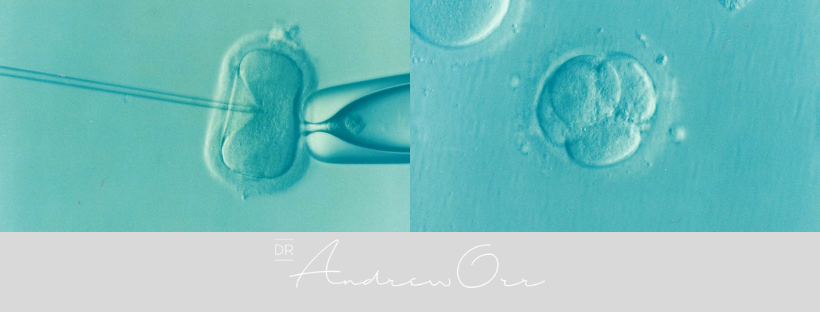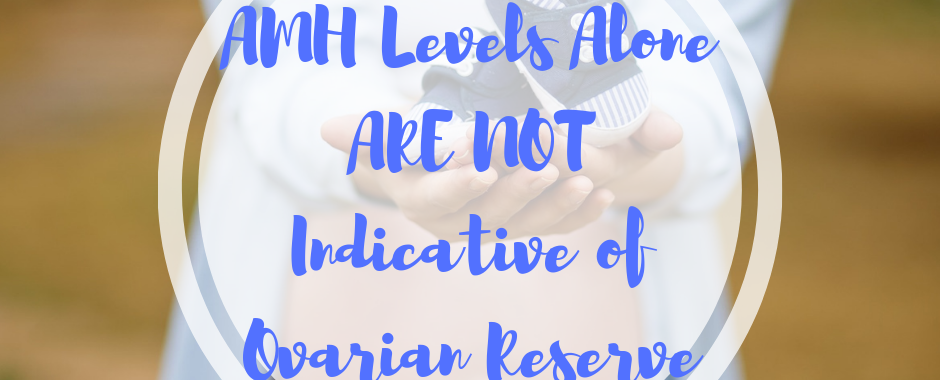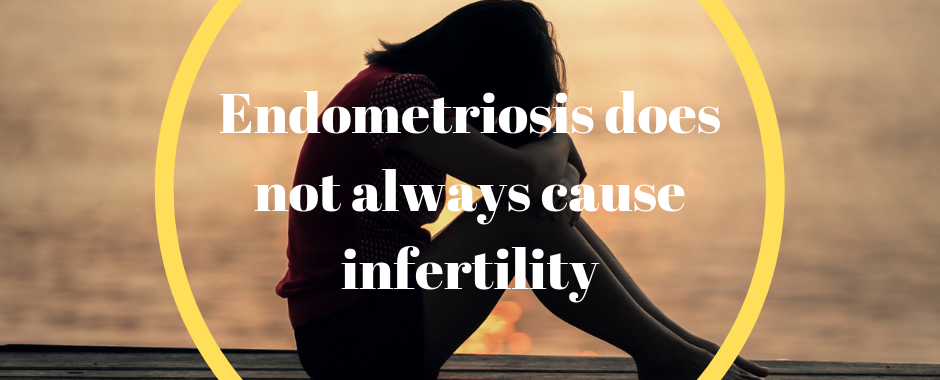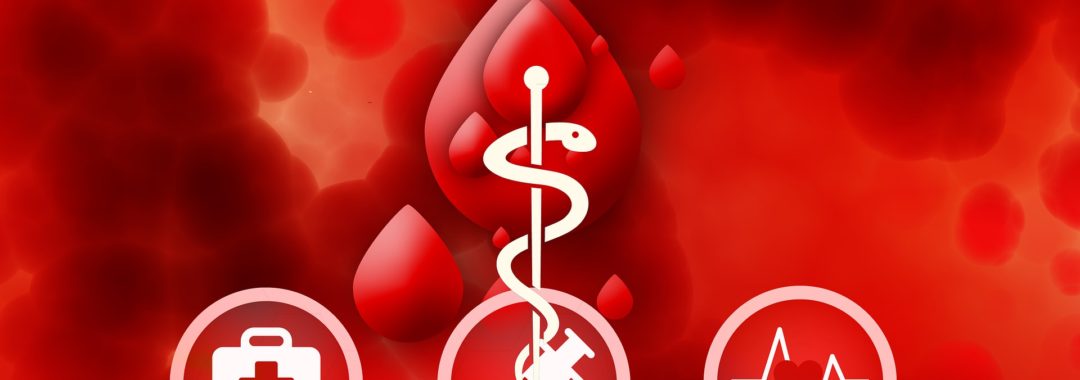Let’s talk about why IVF cycles fail because it is a very common question that is asked when a cycle fails. Often there will be no conclusive answer and often when I am asked this, I have to say the old saying “How long is piece of string?”
The reason I say this is that there are so many factors involved with a cycle failing. It could be from following
- poor egg quality
- poor sperm quality
- age of the couple
- genetic factors (diagnosed, or undiagnosed)
- hereditary issues
- DNA and chromosomal issues
- a non-receptive endometrium
- dietary and lifestyle factors
- weight factors (excess or too little weight)
- emotional factors, or mood disorders
- stress
- incorrect hormone therapy
- medications
- human error
- lab errors
- many other factors in the IVF process.
I wish it was as easy as putting a sperm and an egg together and it just happening. I know many couples do look at it this way, but there is so much more to the whole process of conception. I know it is often hard to understand, but no google search is going to tell you all of this and you would need years of study to completely understand the whole process. Plus IVF is still only a young form of medicine and it still evolving.
This is why IVFsuccess rates are still relatively low. We just do not have the technology yet to tell us which embryo will go on to become a baby. If we had that, then there would be a much higher, if not near 100% success rate. The reality is that type of technology may never be available, or would be many many years off. We can only hope.
The other thing I explain to couple is that sometimes it is literally the IVF process hindering a couples chances of success, by not having the right protocol, or right team helping them. I could go on and on because there are so many factors that could affect a cycle and someones chances of conceiving. This is why I use the term “How long is a piece of string?”
This is why I do what I do and explain all of this and more to all my patients as part of my fertility program. I am literally there to hold their hands every step of the way and explain everything in detail each step of the way as well. I will always make sure everything is done properly and even go into bat for them and step on toes if I have too. My patient’s come first always.
What is required for a successful pregnancy?
At least three things are required for a successful pregnancy during in an vitro fertilization (IVF) cycle:
- a healthy embryo
- a receptive endometrium
- careful transfer at the proper time in the cycle
There are things other things such as the right diet and right nutrients and right emotional state for the couples and proper preconception care, but for now I am just talking about a successful embryo transfer on a medical level. Firstly I will discuss the IVF process.
IVF has improved significantly in its almost 40-year history. Different types of hormone and fertility drugs have been developed that are easier to administer and are associated with an improved safety profile. In addition, numerous stimulation protocols are available that allow us to individually tailor treatments. For example, ultrasound-guided embryo transfer using soft catheters and embryo glue (enzyme to assist implantation) has also helped with ensuring better placement of the embryo, without trauma to the endometrium, but very few clinics are actually doing this. Tests can also be used to evaluate the receptivity of the endometrium in order to determine the best time to schedule the transfer.
Despite all these improvements, however, implantation and pregnancy rates with IVF only slowly increase year after year.
Achieving Implantation-The hardest step
The rate-limiting step of IVF is implantation. It requires the proper interaction of a healthy embryo and a receptive endometrium. It often fails due to problems with the embryos. The genetic health of the embryo depends on both its inherited genetic material and on the errors and repairs during the cell divisions.
A chromosomally abnormal (anuploidy) embryo is unlikely to implant, and when it does it is likely to be lost early on. Many embryos that are transferred have chromosomal abnormalities, even if they look fine on the outside, or are classified as being the best grade prior to transfer. We need people to understand that just because and embryo has reached Blastocyst, or Morella stage and it looks like a good quality embryo from the outside, it does not mean that the inside and the chromosomes inside the embryo are OK. Not every fertilised egg will result in a genetically sound embryo that will go on to become a baby.
DNA & Chromosomal When Sperm and Egg Combine
We also need people to realise that an embryo is made up the genetic material of two people and that requires the sperm to be healthy both outwardly, but also chromosomally, and this can change with each batch of sperm ejaculated. Sperm quality and the viability of sperm changes and just because something was “OK” last cycle, or two years ago, or last month, or last week, does not mean that it is OK now.
Unfortunately people need to face the reality of what happens with the body and reproduction. The health of the sperm is also reflected in the health and lifestyle and age of the male too. Unhealthy males produce unhealthy sperm and higher levels or sperm with chromosomal abnormalities and damage to the DNA. Unless you are testing every batch of sperm for DNA and chromosomal abnormalities, you aren’t going to see this and even then, testing can only see so much.
A healthy embryo (Euploidy embryo) also requires a female to be healthy and her eggs to be health chromosomally and on a DNA level. It also requires a healthy male for his sperm quality to be healthy on a DNA levels as well. Egg and sperm quality is also related to age, diet, lifestyle, environment, and exposure to environmental disruptors, weight, body fat, stress and so many other factors.
We need people to be aware of this. Then when you put two unhealthy people’s genetic and reproductive material together, there is a high likelihood that it will produce higher numbers of abnormal embryos, and sometimes it can be all of them. It all depends on the health of the sperm and health of the eggs at time of fertilisation. Even then we can still have random errors in chromosomes and DNA and this then produces faulty embryos. Again this is a hard process to explain and again Dr Google isn’t going to tell you this.
Pre-implantation Genetic Diagnosis/Screening (PGD/PGS)
Various methods of genetic testing of embryos have been evaluated in past decades. During the early days of PGD/PGD many embryos were lost in this form of screening. Today it is more routine and more perfected. One can test the chromosome content of the polar bodies, but a cleavage-stage embryo (day 3 of development) or a blastocyst-stage embryo can be evaluated as well. In addition, various techniques are available for assessing the chromosomes. There are also new testing and new technologies that have addressed the shortcomings of these earlier tests.
The authors of a recent systematic review concluded that comprehensive genetic screening of embryos using day 5 blastocyst biopsy is associated with increased implantation and pregnancy rates. In addition, this technology appears to be a good tool to limit the number of embryos transferred. But embryos can still be tested early on in their development, with good results, too.
Most experts recommend genetic testing of embryos in women with advanced reproductive age, recurrent implantation failure, recurrent pregnancy loss, or severe male factor infertility/DNA issues. This then gives a greater probability of transferring a chromosomally normal embryo and having a higher chance of implantation and pregnancy occurring. But even a chromosomally normal embryos doesn’t ensure a pregnancy. This is often the hardest thing for people to get their heads around. To be honest, much of this comes down to luck and is really in the hands of the gods. Again this is often not told to people and no google search is going to tell you this either.
Preconception care increases chances of conceiving
But what you can do to ensure healthy egg quality, healthy sperm quality, healthy embryo quality, healthy uterine lining, decreases stress levels, optimal health at time of transfer etc, is doing proper preconception care as part of proper fertility program. There is now growing evidence that the health of both parents before and at the time of conception influences the chances of conceiving and the short and long term health of the future offspring. (9,10,11,12,13,14,15)
This is why I offer couples a program to go over everything they need to know and everything the need to do prior to trying to conceive or trying to embark on the next IVF cycle. It is about getting the couple as healthy as possible and their bodies as ready as possible to give them the best chances of success. I always explain to people that preparing for an IVF cycle is like preparing for a marathon. If you do the work and get the body ready, it gives you a better chance of making it to the finish line.
If you are having trouble falling pregnant, or are having failed IVF cycle, then give my clinic a call and find out more about how my fertility program may be able to assist you achieving success of having a baby. So far my program has helped over 12,500 plus babies into the world and counting. It doesn’t matter if you are starting the journey, or well on your way into the journey or trying to have a baby. You can also do a meet and greet appointment to find out more about the fertility program before you commit to the whole program.
Take care
Regards
Andrew Orr
-No Stone Left Unturned
-Master of Reproductive Medicine and Women’s Health Medicine
-Women’s and Men’s Health Advocate

References
- Mains L, Van Voorhis BJ. Optimizing the technique of embryo transfer. Fertil Steril. 2010;94:785-790. Abstract
- Society for Assisted Reproductive Technology. Clinic Summary Report. https://www.sartcorsonline.com/rptCSR_PublicMultYear.aspx?ClinicPKID=0Accessed April 27, 2015.
- Staessen C, Platteau P, Van Assche E, et al. Comparison of blastocyst transfer with or without preimplantation genetic diagnosis for aneuploidy screening in couples with advanced maternal age: a prospective randomized controlled trial. Hum Reprod. 2004;19:2849-2858. Abstract
- Mastenbroek S, Twisk M, van Echten-Arends J, et al. In vitro fertilization with preimplantation genetic screening. N Engl J Med. 2007;357:9-17. Abstract
- Yang Z, Liu J, Collins GS, et al. Selection of single blastocysts for fresh transfer via standard morphology assessment alone and with array CGH for good prognosis IVF patients: results from a randomized pilot study. Mol Cytogenet. 2012;5:24.
- Scott RT Jr, Upham KM, Forman EJ, et al. Blastocyst biopsy with comprehensive chromosome screening and fresh embryo transfer significantly increases in vitro fertilization implantation and delivery rates: a randomized controlled trial. Fertil Steril. 2013;100:697-703. Abstract
- Forman EJ, Tao X, Ferry KM, et al. Single embryo transfer with comprehensive chromosome screening results in improved ongoing pregnancy rates and decreased miscarriage rates. Hum Reprod. 2012;27:1217-1222. Abstract
- Scott RT Jr, Upham KM, Forman EJ, et al. Cleavage-stage biopsy significantly impairs human embryonic implantation potential while blastocyst biopsy does not: a randomized and paired clinical trial. Fertil Steril. 2013;100:624-630. Abstract
- Buck Louis, G. M., et al. (2016). Lifestyle and pregnancy loss in a contemporary cohort of women recruited before conception: The LIFE Study. Fertility and Sterility, 106(1), 180-188. doi: 10.1016/j.fertnstert.2016.03.009
- Chiu, Y.-H., Chavarro, J. E., & Souter, I. (2018). Diet and female fertility: doctor, what should I eat? Fertility and Sterility, 110(4), 560-569. https://doi.org/10.1016/j.fertnstert.2018.05.027
- Day, J., et al. (2016). Influence of paternal preconception exposures on their offspring: through epigenetics to phenotype. American Journal of Stem Cells, 5(1), 11-18
- Homan, G. F., Davies, M. J., & Norman, R. J. (2007). The impact of lifestyle factors on reproductive performance in the general population and those undergoing infertility treatment: a review. Human Reproduction Update, 13(3), 209-223.
- Nassan, F. L., et al. (2018). Diet and men’s fertility: does diet affect sperm quality? Fertility and Sterility, 110(4), 570-577. https://doi.org/10.1016/j.fertnstert.2018.05.025
- Salas-Huetos, A., et al. (2017). Dietary patterns, foods and nutrients in male fertility parameters and fecundability: a systematic review of observational studies. Human Reproduction Update, 23(4), 371-389. doi: 10.1093/humupd/dmx006
- Sharma, R., et al. (2013). Lifestyle factors and reproductive health: taking control of your fertility. [Review]. Reprod Biol Endocrinol, 11(66), 1477-7827.










